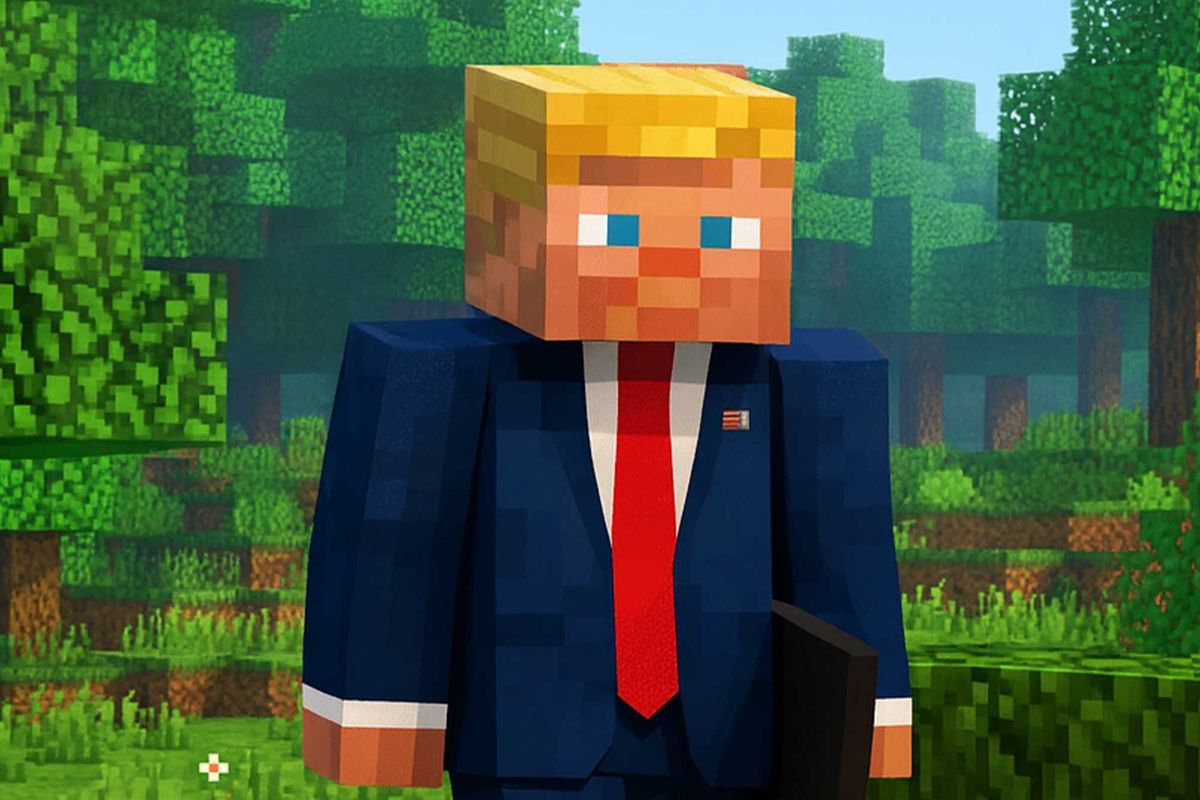Science & Tech
Harriet Brewis
Apr 01, 2021

Fancy eating a banana ‘inside your own mouth’ or sawing your mattress in half?
pxhere/wikimedia commons
Playing a good April Fools’ Day prank isn’t quite so easy when you’re sat at home on your own.
Sure, you can crank call someone or dupe your gullible housemate, but why not think outside the box?
In fact, one computer researcher decided to think inside the box by tasking AI software to come up with gags that people could play on themselves.
Different versions of the neural network came up with different suggestions, and each one was more surreal than the next.
One variation of the algorithm suggested taking a “bunch of jelly beans, putting them in a Ziplock bag and tying the bag around your neck.”
Read more
- Chinese takeaway goes viral for savage responses to customers
- Trump uses new website to rewrite presidential history – here are all the things he forgot to include
- Man’s marriage proposal brutally rejected in front of a busy shopping mall
- 12-year-old boy is left brain dead after attempting TikTok challenge
Another recommended sawing your mattress in half or putting your car keys in the freezer and forgetting where you left them.
Another urged pranksters to “walk into a toy store and buy a pack of bathmats, an inflatable pill bottle, and a video game. But only if you’re a cat.”
The most dangerous option was to simply “pour a cup of coffee on your lap.
“It’s an oldie, but it’s still a favourite,” the programme said.
Optics research scientist Janelle Shane came up with the April Fools’ experiment which she described as “more confusing than annoying”.
In a blog post she explained that she used four different variations of a complex algorithm called Generative Pre-trained Transformer 3 (GPT-3) – which uses deep learning to predict and produce human-like text – to create the list of pranks.
Some versions of GPT-3 are more sophisticated than others, which is why the jokes vary in their eccentricity.

Here are some of the suggestions offered by DaVinci, the most powerful of the variants:
- Repaint your nails in an unusual color like ORANGE, and just leave them like that.
- Move your bed away from the wall and sleep in the middle of the room in a pile of comfy pillows.
- Create a secret language that only you and your cat can understand.
- Sawing your mattress in half in order to see if it’s still good.
- Make an appointment with yourself. Say you are going to clean up your mess and go for a run. Block out a day for it. (And for goodness’ sake, don’t clean anything and absolutely do not go for a run).
Curie, the second-largest GPT-3 variant, offered these side-splitting gags:
- Install a fake microwave on the wall that you never use.
- Take a picture of your bathroom and plaster it on your fridge.
- You can take a bunch of jellybeans, put them in a Ziplock bag, and tie the bag around your neck.
- Take out your credit cards and plunk them down randomly in different parts of your house. If a funny looking cat appears on the bill, you will be laughing out loud before you’ve even opened a door!
Here’s what the third-biggest variant, Babbage, came up with:
- Eat a banana inside your own mouth.
- Have a tortoise deliver your package for you, don’t be surprised if it sings "Happy Birthday" back at you.
- Opt for the treadmill. You’ll be running in the nude.
- Put your name on a balloon. Surprise!
And finally, the smallest variant, Ada, who totally missed the point:
- Sleep in the rafters of a converted school bus in Pewaukee, Wisconsin.
- There’s a square of chicken on your front lawn.
- Walk into a toy store and buy a pack of bathmats, an inflatable pill bottle, and a video game, but only if you’re a cat.
- Prank: In my house, there are porcelain ponies. I swear that they exist.
- Walk to the pool with a giant ball of shapely hair and a coconut on a leash. On a poolside balcony. Really, this is the most fun you’ll do in your entire life.

In all fairness, humour is one of the most sophisticated forms of human intelligence, which makes it one of the hardest aspects of language for computers to grasp.
Diyi Yang, an assistant professor at the School of Interactive Computing at Georgia Tech, explained that humour is a crucial part of understanding human communication because it typically uses ambiguous language which requires complex semantic interpretation.
“I think that if our computers can understand humour, they can better understand the true meaning of human language,” she said.
“If you think about all those conversational agents like Google Assistant, Alexa, or Siri, if they had a better understanding of humour, they could make better decisions to improve the user experience.”
Looking at our GPT-3 friends it seems safe to say there’s still a long way to go…
More: Big tech companies manipulate our behaviors. Can we control them?
Top 100
The Conversation (0)













